Effective Strategies for Managing Delays in Large-Scale Construction
In this article, we will delve into a real-world case study of a large-scale renovation program that encountered an unexpected delay due to the discovery of asbestos during construction. As we explore this scenario, we'll share key strategies and lessons learned to help project managers navigate similar challenges while ensuring the safety of stakeholders and compliance with regulations.
Here's an example based on managing unexpected delays or disruptions in large-scale programs with multiple stakeholders:
Case Example: Aviano 2000 construction program, NAVFAC (NAVY) NAS1 and 2, and the Naples improvement initiatives are all good examples with the following common success Scenario:
During the renovation, an unexpected delay occurred due to the discovery of previously unknown asbestos [or PCBs, Radiological Contaminates, and Archeological Findings!] within the building’s insulation. This posed significant health risks and required immediate action to ensure safety and compliance with regulations. The project had multiple stakeholders, including US Government officials, construction contractors, laboratory researchers, and health and safety inspectors.
Strategies Implemented:
Immediate Communication and Assessment:
Stakeholder Notification: All key stakeholders were immediately informed about the discovery of asbestos. A special meeting was convened with representatives from each group to discuss the situation and assess the impact.
Health and Safety Assessment: Health and safety inspectors conducted a thorough assessment to determine the extent of asbestos contamination and the necessary remediation steps.
Development of a Mitigation Plan:
Risk Mitigation Plan: A detailed risk mitigation plan was developed, outlining the steps needed for asbestos removal, safety precautions, and the timeline for these activities.
Revised Schedule: The project schedule was revised to accommodate the asbestos removal process. This included an estimated delay period and the steps to accelerate other parts of the project to minimize overall impact.
Resource Reallocation:
Task Reassignment: While asbestos removal was underway, resources (labor and equipment) were reallocated to focus on other unaffected parts of the project. This ensured continuous progress in areas not impacted by the asbestos.
Contractor Coordination: Regular coordination with contractors helped ensure that the workforce was efficiently utilized and that any idle time was minimized.
Transparent Communication and Stakeholder Engagement:
Regular Updates: Weekly updates were provided to all stakeholders, detailing progress on asbestos removal, any new findings, and adjustments to the project timeline.
Stakeholder Meetings: Bi-weekly meetings with the project’s executive leadership team and other key stakeholders ensured ongoing alignment and addressed any concerns promptly.
Flexible Contingency Planning:
Contingency Buffers: Additional contingency buffers were built into the schedule for unexpected delays. This provided a cushion for any further unanticipated issues.
Flexible Task Management: Tasks were broken down into smaller, more manageable parts, allowing for greater flexibility in adjusting schedules and reallocating resources as needed.
Documentation and Compliance:
Regulatory Compliance: Ensured that all remediation efforts complied with health and safety regulations. Detailed documentation was maintained to record actions taken, ensuring transparency and accountability.
Lessons Learned: A lessons learned session was conducted post-remediation to document insights and improvements for future projects.
Outcome:
Despite the significant delay caused by the asbestos discovery, the project was successfully realigned with minimal impact on the overall timeline. The proactive communication, stakeholder engagement, and effective resource reallocation played crucial roles in managing the disruption.
Key Takeaways:
Proactive Communication: Immediate and transparent communication with all stakeholders is critical in managing unexpected delays.
Flexible Planning: Having flexible plans and contingency buffers can help absorb delays and keep the project on track.
Resource Reallocation: Efficiently reallocating resources ensures that work continues in other areas while resolving the issue.
Stakeholder Engagement: Regular updates and stakeholder meetings keep everyone informed and engaged, facilitating quicker decision-making and problem resolution.
In conclusion, the case study we've explored today highlights the importance of effective communication, strategic planning, and stakeholder engagement when dealing with unexpected delays in large-scale programs. By applying the strategies discussed in this article, project managers can successfully overcome disruptions and keep their projects on track. We hope you've found these insights valuable and look forward to sharing more project management tips and real-world examples in future blog posts.
Looking for more insights and resources to help you effectively manage complex programs and stakeholder alignment? Check out our iPrograms podcast, where we delve into the latest trends, best practices, and real-world experiences in project management. Our expert guests share valuable lessons learned and practical tips to help you navigate the complexities of interconnected schedules and diverse stakeholder interests. Tune in to the iPrograms podcast today to expand your knowledge and stay ahead in the fast-paced world of project management.
You can find the iPrograms podcast on popular platforms such as:
Don't miss out on this valuable resource – subscribe to the iPrograms podcast today and start enhancing your project management skills!

